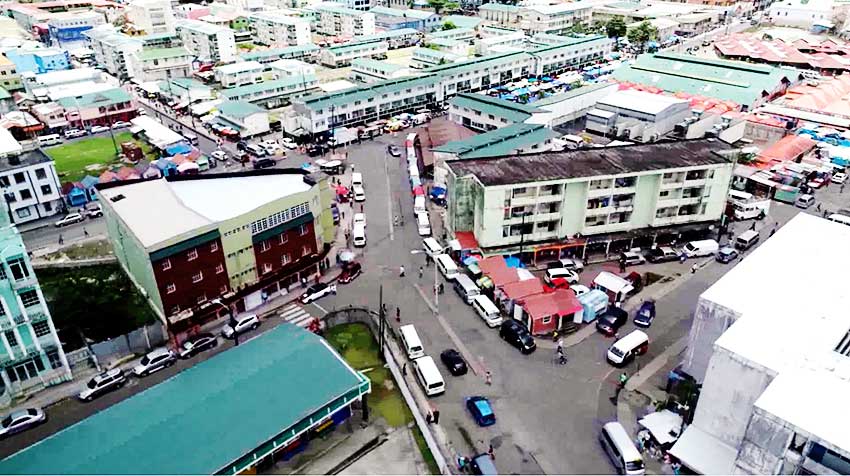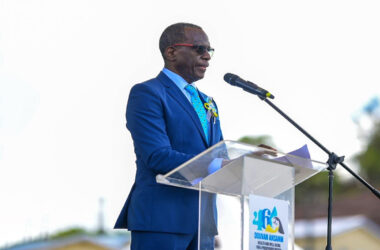PRESS RELEASE – The Government of St. Lucia has embarked on a new visioning process for the city of Castries. The first phase will run for four months to end in December 2018.
The aim of this process is to make Castries more compact, mixed use, socially inclusive, better connected and more resilient to climate change, through integrated urban planning.

The Castries Redevelopment review is also guided by International Policy Frameworks which Saint Lucia has signed on to such as the Sustainable Development Goals (SDGs) and the New Urban Agenda.
In 2008, the government of St. Lucia via extensive consultation with a multitude of stakeholders sort to articulate a vision for the island’s development via a quadrant development plan of which the city of Castries featured as a significant element of this plan.
Fast forward ten years later and there is need to determine both the extent to which the Vision for Castries has informed development over the last decade, as well as the extent to which the Vision remains relevant in light of changing socio-economic activity, as well as the advent of new Global International Policy Frameworks.
Government has mandated the recently established National Integrated Planning and Programme Unit (NIPP) within the Ministry of Finance to focus on the Castries redevelopment project by first articulating a 2030 vision for Castries, using the 2008 vision as a benchmark.
Howard Wells is the Director for NIPP and says, “On the 2nd of November we held what was the first of its kind, the Castries Urban Forum and the forum really looked as bringing together ideas.
“We held several focus group meeting and this was essentially a plenary where we brought all the various stakeholders from these focus groups into one room to hear out what their ideas were in terms of the redevelopment of Castries.”
Stakeholders at the forum included representatives from civil society organizations, various government ministries including tourism and infrastructure, the chamber of commerce, professional organization such as the engineers and architects association, schools, emergency services and various religious denominations.
The forum concluded with seven clear declarations outlined as part of the visioning for Castries.
According to Howell, “Of those for instance we looked at the whole idea of control of transportation, access to Castries. Making Castries a vibrant city; most people were of the view that Castries sleeps past 5pm, so how do you bring back life into the city. We also looked at the whole idea of heritage.
Castries historically was a place of strong culture, strong heritage related activities but now we’ve seen that most of these have disappeared. The grouping wanted to see how we could incorporate those in whatever vision that is ultimately spelt out for Castries.”
The NIPP Director said that consultations are still ongoing and an opportunity will be afforded parliamentarians on both sides of the House of Assembly to make contributions towards the new vision for Castries.
“Once we’ve collated the information that we have to date that at some later stage the government ministers as well as the opposition would be given an opportunity to see what we have, an explanation of the process and off course an opportunity to comment on what we’ve done so far.”
The United Nations Office for Project Services (UNOPS) has partnered with the government of St. Lucia on the Castries Vision 2030.
The NIPP Director is optimistic that this effort will bear more fruit than other visioning exercises in the past as it will outline tangible, doable projects which can be rolled out for phase two in 2019. (National Competitiveness and Productivity Unit)














